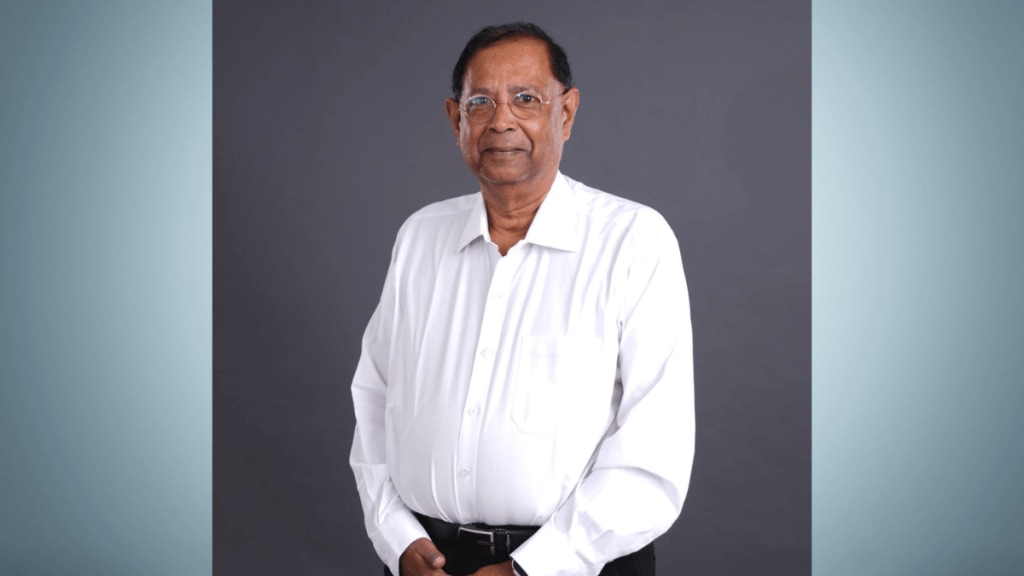Reliance Consumer Products (RCPL) plans to double its distribution network to 2.5-3 million outlets spread over 10 states by March 2026. The move is part of a broader strategy by the company to touch Rs 1 lakh crore in revenue in five years. In an interaction with Viveat Susan Pinto, the man executing Reliance’s FMCG ambitions — T Krishnakumar, director, RCPL — says that the company will maintain a relentless focus on reaching the masses with affordable products across food, FMCG and beverages. Excerpts:
Q: How do you plan to achieve the nearly tenfold growth in revenue in five years that has been laid out at the Reliance Industries’ AGM last week?
Our strategy is simple — offering global quality products at affordable prices. Let’s be clear, of the 1.4 billion people in India, around 700-800 million sit at the mass end, seeking affordable products and solutions. With a relentless focus on this market, with products at prices this consumer group can afford, I think we can expand consumption significantly.
Q: Can you specify the building blocks for becoming the largest FMCG company in the country?
The first is our focus on research and development, where we are prototyping products with the clear ambition of raising the quality quotient at an affordable price. Over 100 scientists are at work at our R&D facility in Bengaluru to achieve this. On manufacturing, Isha Ambani (Reliance Retail director) has indicated at the RIL AGM that a Rs 40,000-crore investment will go into food parks. We’ll follow multiple models — hybrid, where the partner provides the land and we add processing, and fully-owned facilities. We aim to have a manufacturing footprint in every state, with mega parks covering all categories such as beverages, biscuits, chocolates, staples, etc. and smaller ones wherever logistics demand.
On distribution, the plan will be to double our outlet reach from around 1.5 million outlets now to about 2.5-3 million outlets by March 2026. We are looking to touch about 5 million outlets in 3-3.5 years. A reach of 5 million outlets will propel our FMCG ambitions and targets that’ve been set for the next few years. The reason why I say this is because general trade remains the backbone of the FMCG business in India. While e-commerce, quick commerce and modern trade will be important channels, we are clear that we must work closely with kiranas and neighbourhood stores, and give them margins at today’s cost. This, we believe, is the win-win partnership that will take our FMCG ambitions forward. Once we stabilise distribution in India, we will expand globally.
Q: Most FMCG companies have opted to premiumise their portfolios and trade up. RCPL is going the other way, targeting the bottom of the pyramid. Is this easy to do?
Most FMCG companies work inside-out, adapting global products to India. We work outside-in — understanding the Indian consumer first and then creating products for them. There is no compromise on quality, but it will be offered at Indian prices, so the consumer embraces our brand wholeheartedly. The endeavour is to give India its own multinational consumer products company. No one imagined this was possible. But with Reliance’s backing, we are building something of global scale, proudly rooted in India.
Q: While RCPL has counted on acquisitions of small but iconic brands as part of its inorganic growth strategy so far, will big acquisitions become imperative, now that you have a huge revenue target to achieve over the next few years?
Our focus is on offering consumers the entire spectrum — from health to indulgence. We have revived old, iconic brands for their equity, but our playbook is still global quality at affordable prices. Massive acquisitions that only justify investment don’t fit our philosophy. We may acquire selectively, if it helps us reach the market faster. But we will not lose focus from our core plan.
Q: What investments are you lining up to achieve your objectives?
Our biggest investment is in supply chain. We need to expand across geographies, product categories, and consumption occasions. Beverages, staples, and biscuits have shown promise in pilots; now we must scale them nationwide. We want hyper-local supply chains with national-level marketing. Uttar Pradesh is a big focus, along with East India, parts of Maharashtra, and Karnataka. We are now entering Gujarat. Expansion will continue state by state and by the time we double our distribution reach in March 2026 we will likely be in about 10 states.
Q: After beverages with Campa and staples with Independence, where you’ve crossed Rs 1,000 crore each in annual top line, which are the next frontiers for you in terms of categories?
In biscuits, after two years of experiments, we’ve found the right formula and are now scaling rapidly in Maharashtra and Tamil Nadu. We have similar plans in categories such as chocolates and confectionery.
Q: Do you anticipate a consumption boost with the GST rate rationalisation the government is putting in place? Does the ‘sin tax’ tag on aerated beverages concern you?
Our products are safe and consumers can choose between full-sugar, zero-sugar, and functional options in beverages. While 40% taxation is high and forces us to work harder to keep prices low, we have already factored it into our pricing. At a broader level, we believe that GST rate rationalisation is a step in the right direction. It will give the consumption boost as indicated by the government. With GST tailwinds, the position that we have taken of driving affordability will help propel our business. We see this as being good for the consumer in India.
